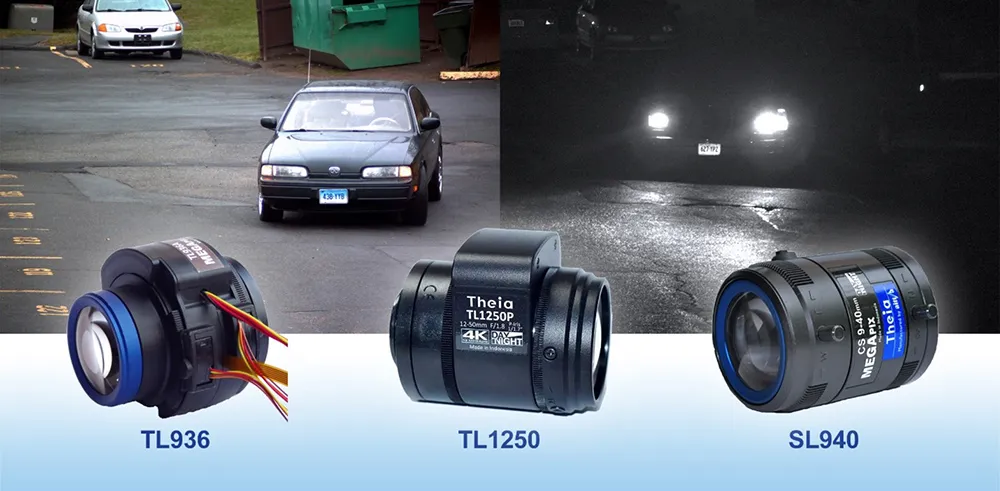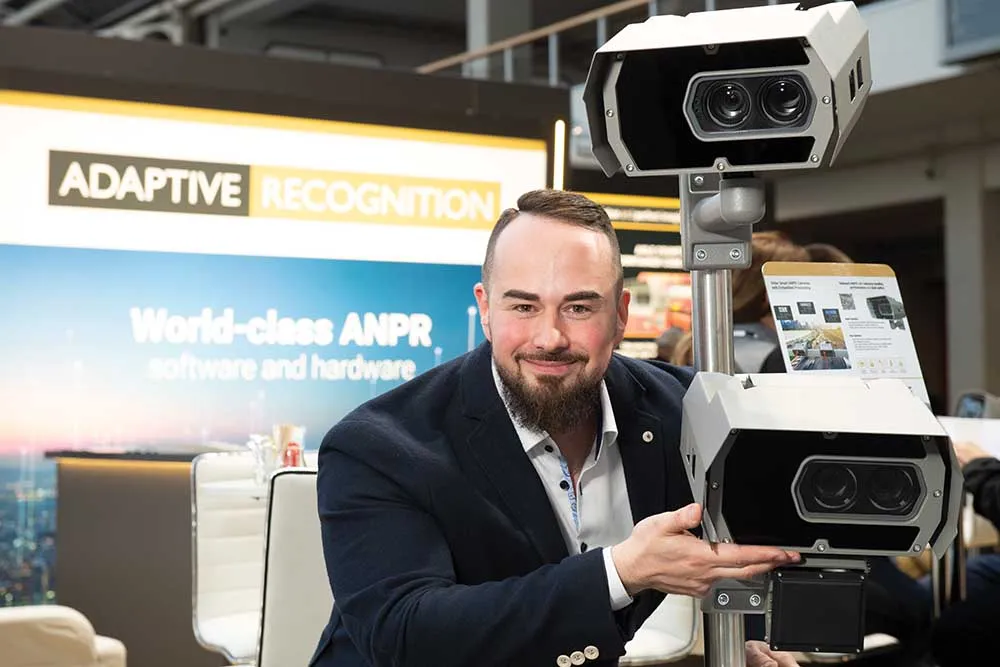
Theia Technologies’ portfolio of precision engineered telephoto lenses delivers a solution for nearly every ITS need, from long distance traffic surveillance to ANPR/LPR (automated number plate and licence plate recognition).
Theia’s telephoto lenses are most popular for long distance, high detail applications such as ANPR/LPR and tolling. 04k and 5+ megapixel resolutions are maintained even in near IR light and the family includes models with Precise iris, or P-iris for improved depth of field. The lenses are very compact for their telephoto focal range, size format and full feature capability, including models with motorised zoom, focus and IR cut filter.
The company's telephoto varifocal lenses allow the user to optimise the field of view with 4X zoom capability and then digitally zoom in up to 16X while maintaining better than SD image resolution.
The lenses are IR corrected for use with true Day/Night cameras giving a bright image in both visible and artificial IR illumination. This IR correction will keep the image sharp in daylight, at night, and in between when there is a mix of visible and IR illumination without the need for a camera with automatic back focus adjustment (the lens will work great on cameras that support auto back focus adjustment and those true Day/Night cameras that do not).
Their crisp image in both visible and near IR illumination make them perfect for high detail applications such as (ANPR/LPR) applications.
The true 4K resolution (12 megapixels) lenses support 4K resolution cameras 1/2.3" and 1/1.7" sensors.
“Theia lenses are particularly good in NIR illumination with only a five micron focus shift, making reading number plates in low light and bad weather conditions an easier task,” explains Mark Peterson, VP Advanced Technology, Theia Technologies.
“And with the remote zoom and focus capability of the motorised TL series, installation and set-up are expedited. We are excited to be on the forefront of this emerging trend and believe our lenses will set the standard for the intelligent traffic market.”
What are the specifications?
- Lens options include 9-36mm, 9-40mm and 12-50mm focal ranges
- High resolution for HD, 5MP & 4K cameras, up to 12.4 MP (300 lp/mm & 1.55μ pixels)
- Excellent NIR correction (440 to 940nm) for Day/Night cameras with NIR cut filters and bandpass filters available on some models.
- Manual, P-iris and DC auto-iris versions
- Used for 1/2.8”, 1/2.5”, 1/2.3” and up to 1/1.7” image sensors
- In CS, and D25 board mounts, depending on models
- Fully motorised versions available include combinations with zoom, focus, iris, IR cut, and limit switches
- Light weight and compact designs to fit small enclosures and envelopes
Content produced in association with Theia Technologies










